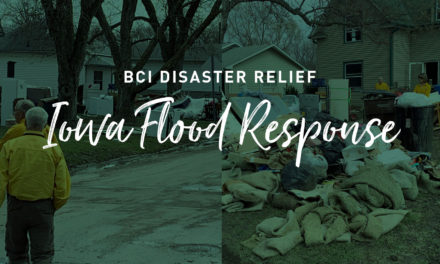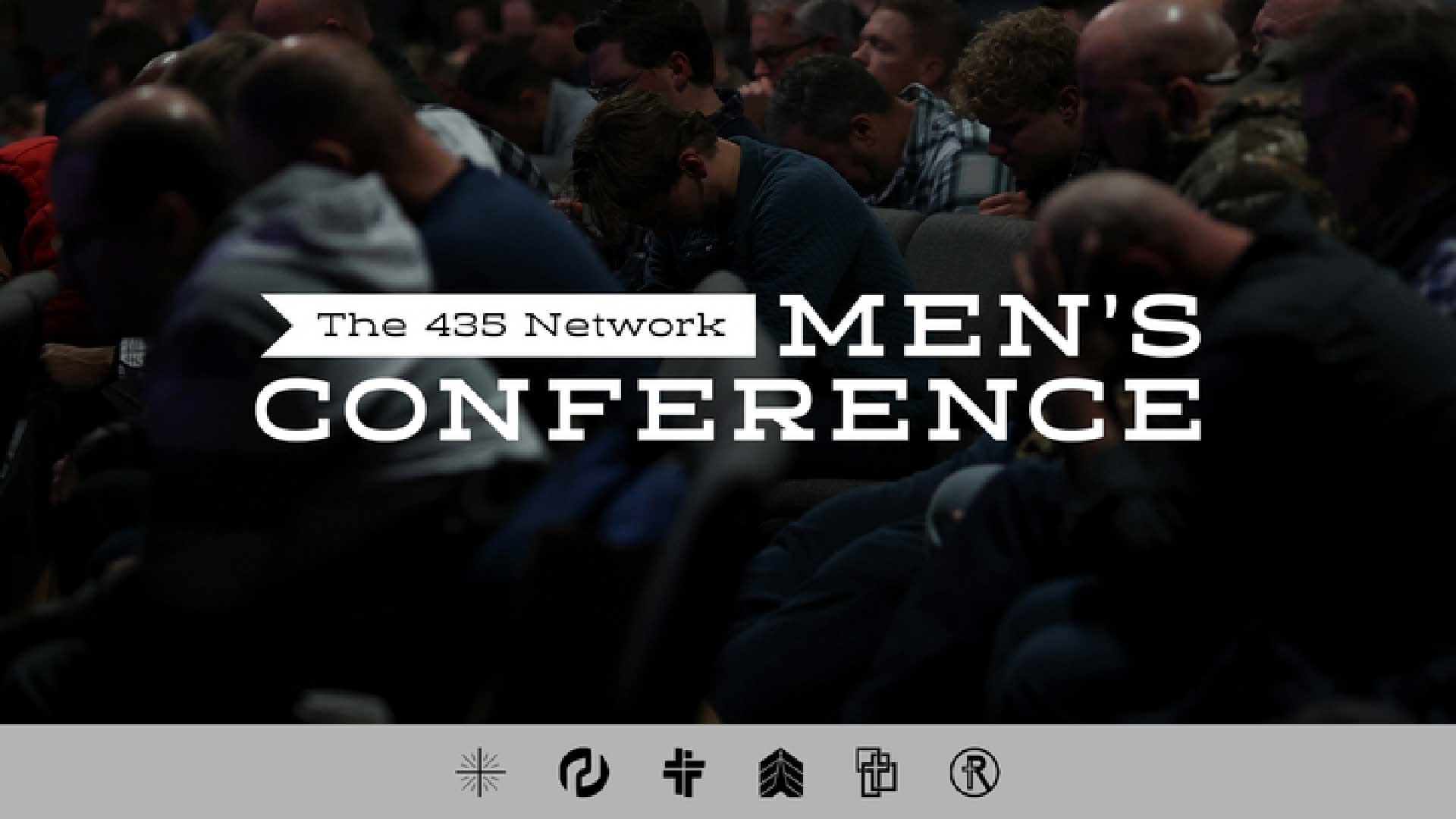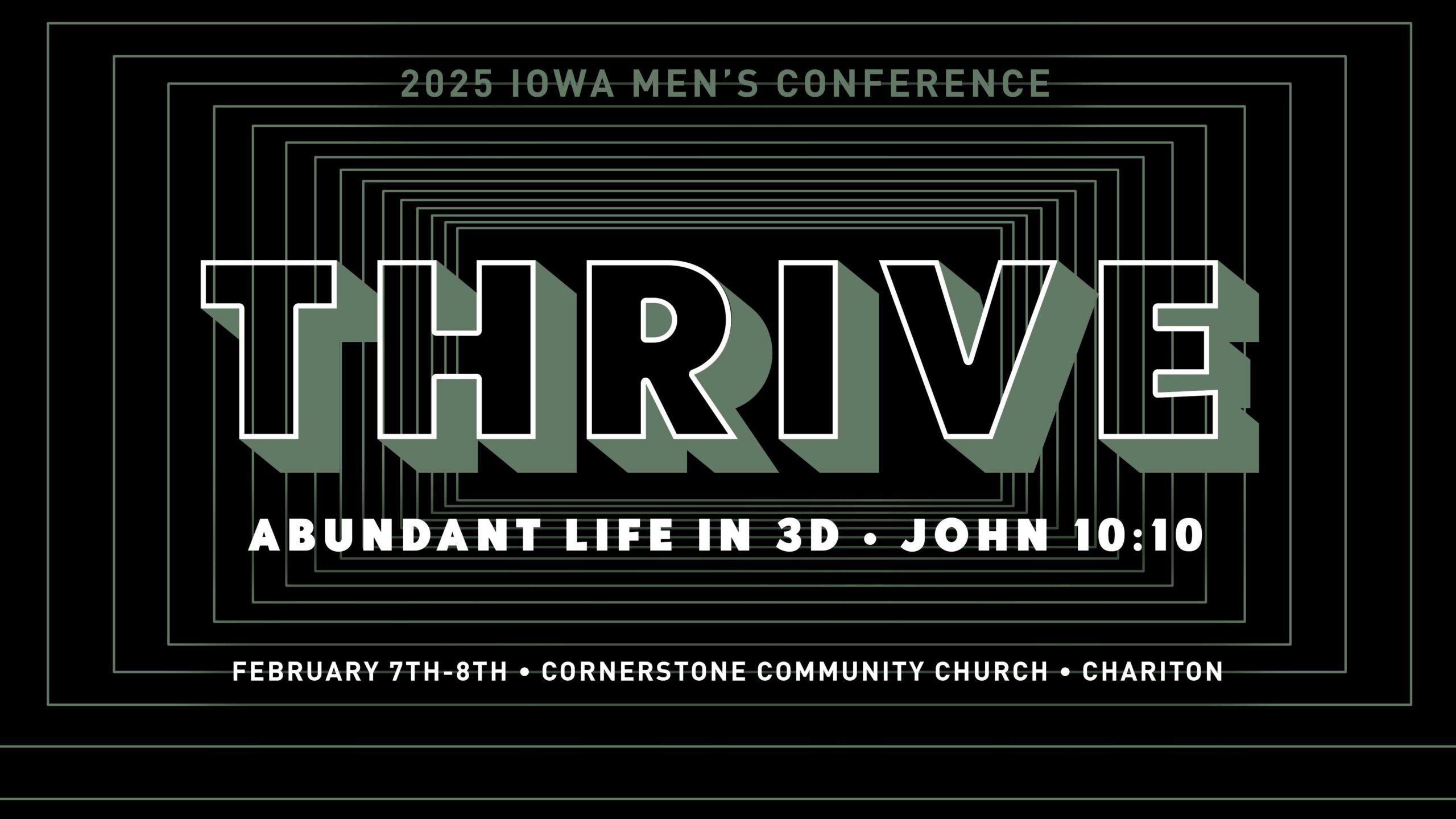By Tobin Perry
GRESHAM, Ore. (BP) — New York homeowner Frank Primiano didn’t know what to think about a team of Southern Baptist college students who came into his home following Hurricane Sandy and removed wet insulation, did other dirty jobs and then thanked him for letting them do so. Thanks in part to that act of kindness, Primiano later came to faith in Christ. Because he was connected by Southern Baptist Disaster Relief (SBDR) volunteers with a local church and someone to disciple him, he later joined the church and was baptized. Primiano then helped to start a cancer ministry at his new church.
SBDR team member, Randy Corn, shared that story at the 2015 SBDR Round Table held last week at Greater Gresham Baptist Church in Gresham, Ore. He recounted Primiano’s journey to illustrate the need for improved “Survivor Care.” Corn laid out a developing plan to help SBDR better disciple new believers who come to faith during a disaster response.
“We need to be willing to walk with these folks down the road of life, let them see our lives, share with them, invite them to church and have meals with them and develop them and disciple them,” said Corn in a presentation at the round table about the survivor care plan he is developing. “That’s a question we need to ask—would you be willing to do that? If we want to reach people for Christ, we have to be radical. We have to be willing to do ‘whatever it takes.’”
More than 140 SBDR leaders discussed a variety of topics, like survivor care, over the two-day round table. The annual event brings together disaster relief leaders from NAMB and state Baptist conventions, along with volunteers, to strengthen future ministry plans and celebrate past efforts.
Fritz Wilson, NAMB’s SBDR executive director, discussed with participants efforts to prepare SBC churches to be first-responders during a time of disaster.
“We have to put an emphasis on helping churches be ready to serve their community immediately after a disaster,” Wilson said. “They are our first-responders in that situation. It looks like a policeman or a firefighter who is first on the scene. He does what he can until the other support gets there. We need to prepare churches in that ‘Ready Church’ concept.”
SBDR leaders also discussed a growing youth movement within the ministry. Last summer SBDR mobilized three student teams—a Missouri, Louisiana and a multi-state team—to respond to disasters. The efforts helped to introduce collegians to the work of Disaster Relief. Collegiate teams helped with post-Hurricane Sandy rebuilding efforts in New York and relief work after Kansas tornadoes, among other work.
Dwain Carter, the dis aster relief strategist at the Missouri Baptist Convention, commended the six students in his state who participated in the summer disaster relief experience. He said, though the team didn’t know one another at the beginning of the summer, they came together quickly, learned and served effectively. He pointed to one particular female college student who had never used a chainsaw before last summer but soon became better at using one than many experienced volunteers.
aster relief strategist at the Missouri Baptist Convention, commended the six students in his state who participated in the summer disaster relief experience. He said, though the team didn’t know one another at the beginning of the summer, they came together quickly, learned and served effectively. He pointed to one particular female college student who had never used a chainsaw before last summer but soon became better at using one than many experienced volunteers.
“[These young adults] are out there,” Carter said. “They’re in our states. They are willing. We just have to give them the opportunity.”
The annual event, held for the first time in the Pacific Northwest this year, also allowed state leaders to share ideas and strengthen relationships for future ministry efforts.
“This is a great event for networking people and coming together to get to know one another,” said David Acres, senior pastor of First Baptist Church of Jamestown, Tenn., and the outgoing chair of the SBDR steering committee. “It’s just like we say with emergency workers. It’s good to meet them before you get out there during a disaster. Same is true with other states. It’s good to get to know them before you start working together. A lot of times when you come together like this, you share ideas. Whether it’s about chainsaw teams or feeding units, their ideas and your ideas become great ideas.”
The SBDR Round Table was preceded by three days of training and committee meetings earlier in the week. On Wednesday evening, round table participants celebrated volunteers and state and national leaders through a series of awards.
Next year’s round table will be held Jan. 28-29, 2016, at First Baptist Church of Hendersonville, Tenn.
Those wishing to donate to SBDR can contact the Baptist convention in their state or visithttps://donations.namb.net/dr-
NAMB coordinates and manages Southern Baptist responses to major disasters through partnerships with 42 state Baptist conventions, most of which have their own state disaster relief ministries.
Southern Baptists have 65,000 trained volunteers—including chaplains—and 1,550 mobile units for feeding, chainsaw, mud-out, command, communication, child care, shower, laundry, water purification, repair/rebuild and power generation. SBDR is one of the three largest mobilizers of trained disaster relief volunteers in the United States, along with the American Red Cross and The Salvation Army. Discover more at http://www.baptistrelief.org.
Tobin Perry writes for the North American Mission Board.







